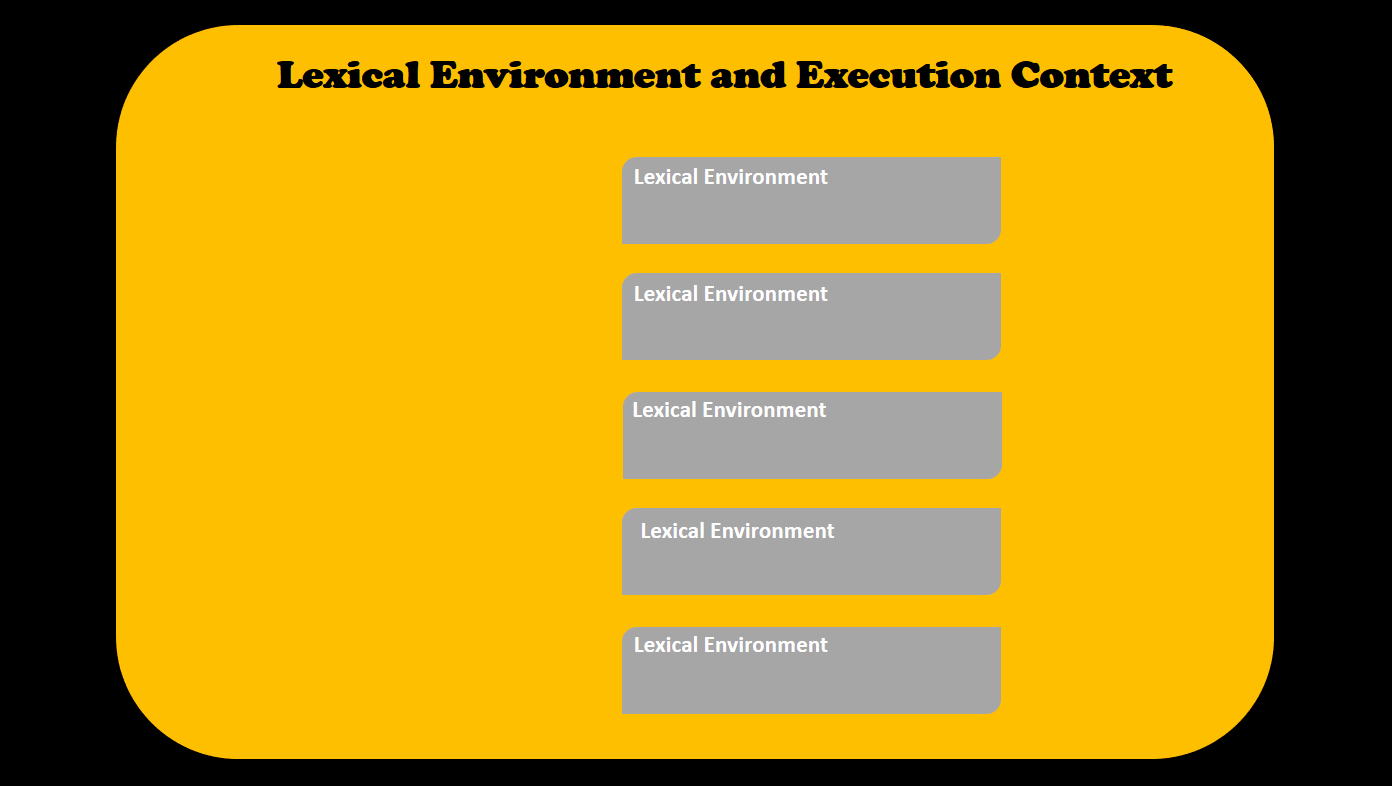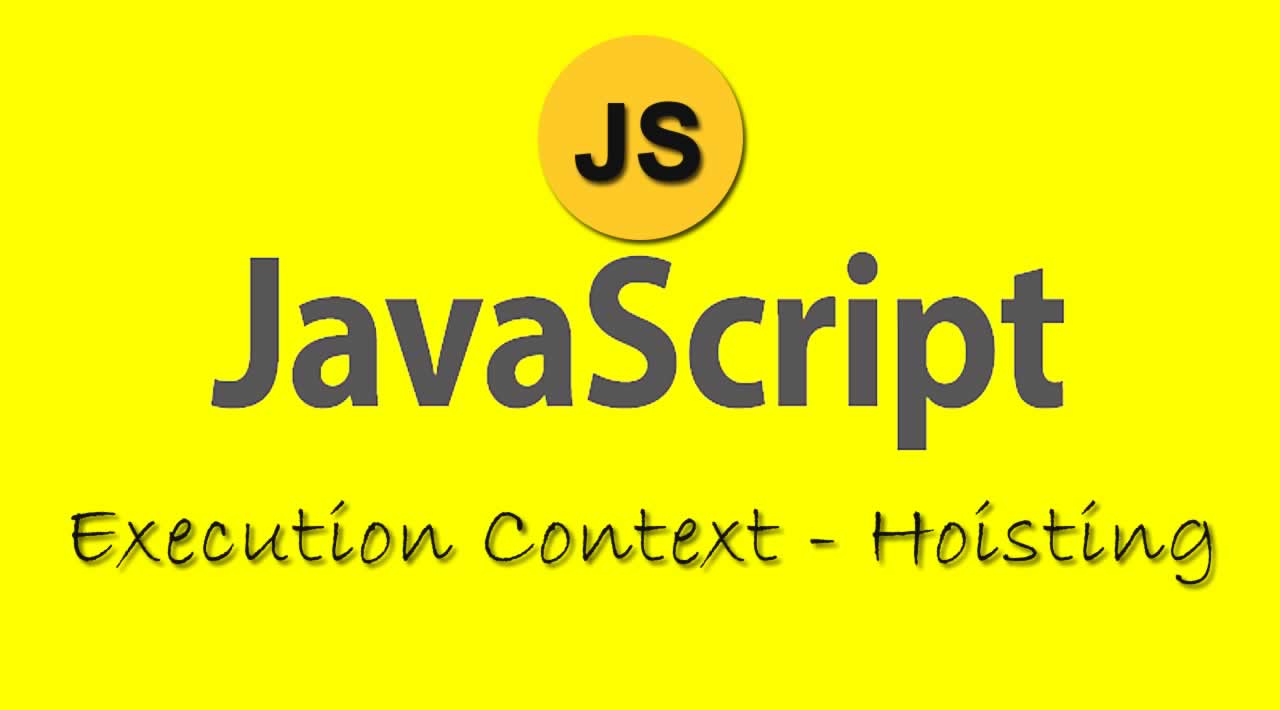JavaScript is an easy-to-learn programming language compared to many of its counterparts. However, a few basic concepts need a bit more attention if you want to understand, debug, and write better code.
In this article, we will learn about two such concepts,
- Execution Context
- Hoisting
As a beginner to JavaScript, understanding these concepts will help you understand the this keyword, scope, and closure much more comfortably. So enjoy, and keep reading.
Execution Context in JavaScript
In general, a JavaScript source file will have multiple lines of code. As developers, we organize the code into variables, functions, data structures like objects and arrays, and more.
A Lexical Environment determines how and where we write our code physically. Take a look at the code below:
function doSomething() {
var age= 7;
// Some more code
}
In the above code, the variable age is lexically inside the function doSomething.
Please note that our code does not run as-is. It has to be translated by the compiler into computer understandable byte-code. So the compiler needs to map what is lexically placed where in the meaningful and valid way.
Usually, there will be more than one Lexical Environment in your code. However, not all the environments get executed at once.
The environment that helps the code get executed is called the Execution Context. It is the code that’s currently running, and everything surrounding that helps to run it.
There can be lots of Lexical Environments available, but the one currently running code is managed by the Execution Context.
Check out the image below to understand the difference between a Lexical Environment and Execution Context:

Lexical Environment vs Execution Context
So what exactly happens in the Execution Context? The code gets parsed line-by-line, generates executable byte-code, allocates memory, and executes.
Let’s take the same function we have seen above. What do you think may happen when the following line gets executed?
var age = 7;
There are many things happening behind the scenes. That piece of source code goes through the following phases before it is finally gets executed:
- Tokenizing: In this phase, the source code string breaks into multiple meaningful chunks called
Tokens. For example, the codevar age = 7;tokenizes into var, age, =, 7 and, ;. - Parsing: The next phase is parsing, where an array of tokens turns into a tree of nested elements understood by the language’s grammar. This tree is called an
AST(Abstract Syntax Tree). - Code Generation: In this phase, the AST created in the parsing phase turns into executable byte-code. This executable byte-code is then optimized further by the JIT (Just-In-Time) compiler.
The animated picture below shows the transition of the source code to executable byte-code.

Source Code to Executable Byte-Code
All these things happen in an Execution Context. So the execution context is the environment where a specific portion of the code executes.
There are two types of execution contexts:
- Global Execution Context (GEC)
- Function Execution Context (FEC)
And each of the execution contexts has two phases:
- Creation Phase
- Execution Phase
Let’s take a detailed look at each of them and understand them a bit better.
#javascript
